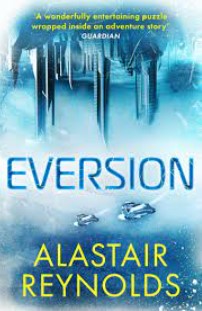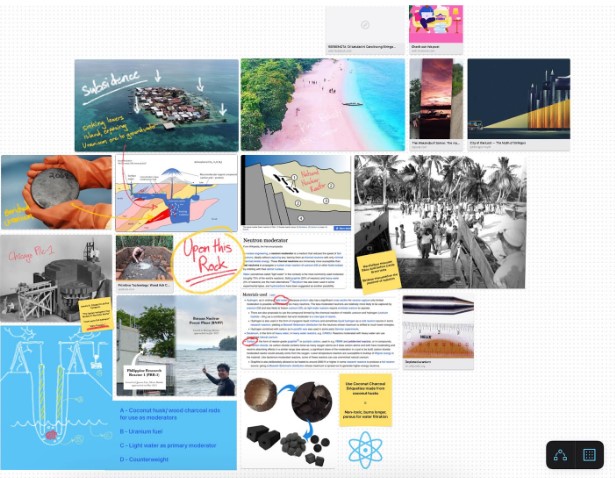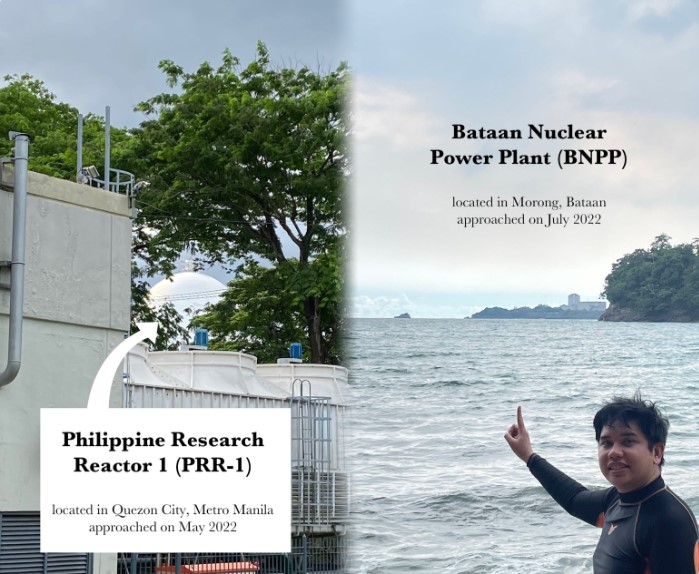
Matthew Jacob F. Ramos has made it his business to write stories about woven computers and rocketry in the midst of revolution, with works that have received accolades in the Carlos Palanca Memorial Awards and the Nick Joaquin Literary Art Awards. You can find his writings in The Philippines Graphic, Cha: Writing the Philippines, and The Geek Anthropologist.
His career as a speculative fiction writer became official when Matthew received his bachelor’s degree in Creative Writing from the Ateneo de Manila University. These passions allowed him to pursue advertising in a number of small startups throughout the Philippines, before becoming an officer of engagement at a national bank. Today he resides in Quezon City, using his corporate career to fuel his graduate studies into the relationship between islands and technology.
Jake published in Philippine Genre Stories in January 2012 under the Guest Editorship of Alexis “Exie” Abola, multiple Palanca winner and English professor at Ateneo de Manila University: The Tower And The Kite (Part 1) and The Tower And The Kite (Part 2).
Hi, Jake! Welcome back! How does it feel to be published again in Philippine Genre Stories?
Like coming home! PGS holds a special place in my heart for being the first publication to feature any of my stories, allowing me to meet my first unsolicited readers, and introducing me to the wider Speculative Fiction community. I can’t overstate how invaluable it’s been getting to know many of those deeply embedded in the local Speculative Fiction community, as well as publishing in general since I had no references for either prior. The experience has emboldened me to try publishing in other articles, magazines, and online journals. Coming back to PGS, however, was going to be an inevitability and I’m grateful to everyone at PGS for the opportunity.
Happy to welcome you back. 🙂 What’s different between your writing in 2012 from the current?
Without prior exposure to the speculative publishing scene, I had little consideration for the local audience. In fact, I’d only written my first story as part of a writing exercise given in college. This contrasted my prior stories which avoided anything quintessentially Filipino in favor of the science fiction worlds I had come to read. It became clear afterwards that pieces that incorporate Filipino elements resonated with many and were a unique voice in their own right. I took it upon myself to challenge my writings with this audience in mind.
Today, I’ve enjoyed writing science fiction stories whose Philippine underpinnings feel authentic rather than an afterthought or a dressing. Science fiction has been especially challenging since, as Jose Dalisay says in his book, “The Knowing is in the Writing”, Filipinos find fantasy more palatable due to our clear tradition of it. Our tradition for science fiction literature is still fresh because our “scientific consciousness” (as Dalisay put it) is still in its infancy. I’ve found this challenge stimulating and it has been at the core of my writings ever since.
And following the journey of your writing, how did the idea for Orphans of Biringan come about?
Believe it or not, the tie-in to the legend of Biringan was a happy discovery found only after I had written a number of revisions to my story. As is often the case with my writing, I began with a scientific concept that I wanted to explore, then I contextualized this idea under a Philippine perspective.
In this case, I had long since been intrigued by the phenomenon of nuclear geysers due to how people and nations value nuclear power. In many ways, nuclear power has been the herald of the modern age, separating us from our wood-burning, oil-draining ancestors of the last century. And yet the discovery of natural nuclear fission reactors shows us that there is nothing inherently sophisticated or “First World” about this technology.
I had also been intrigued by the phenomenon of island subsidence after seeing the residents of Bohol’s offshore islands wading through town in knee-deep seawater. It was such a stark reminder of nature’s power to erode. This visual became the initial reason why I had set the story in Biri due to the striking visual of the latter’s famous pink beaches conceptually flooding its streets with sand. Eventually, the island’s sinking became the mechanism and the catalyst for the story’s events.
Still, the story had no reason to be set in Biri when there were hundreds of millions of islands to choose from. Only when I had heard about the stories surrounding the legendary city of Biringan did everything fall into place. Not only did the legend touch upon the possibility of Uranium being found in the region, but the idea of a hidden city provided precedence for a cultural craving for modernity, for advancement. Eventually these concepts merged together to become “Orphans of Biringan.”
And what’s the next writing project that you’re working on?
My last three stories of Philippine science fiction were also attempts to embed what many perceive as modern technologies within local tradition. These include rocketry, computers, and now nuclear power. These and many stories like them are part of an effort to “bootstrap” or recreate a deeper scientific consciousness. Already, I’m in the early stages of recontextualizing another science: Paleontology. If a local history of science is necessary to enable further storytelling about science fiction, then delving into the deep past can only help it. My visits to the Natural History Museum have also shown me that the Philippines has a rich and intriguing past that has yet to permeate the Filipino imaginate. One populated by pygmy elephants, rhinos, and people that aren’t quite humans.
We’re definitely looking forward to reading these. 🙂 And what are you currently reading? It’s for what kind of readers? Please tell us more about it.

Alastair Reyonold’s “Eversion” is currently on my desk with a bookmark pinned in its early pages. I’ve read Reynolds since I was still in college, fascinated by his brand of space opera. This time, his story is partially set in the era of sail where a mystery in both space and time become the focus of the story. If you love science fiction and haven’t read Reynolds, I urge you to do so.
And in Philippine Genre Stories, which among the published stories did you like the most so far? Why?
I’ve been particularly invested in Cesar Miguel Escaño’s “Sayf Al’liman” since its early days. I’ve had the rare privilege of reading its drafts, especially when one version was workshopped during the 2017 Silliman Writer’s Workshop where Kuya Migs and I were fellows. You can say that this has colored my perception somewhat but there’s no doubt that the published and ultimate turnout of the story reads as a complete world of its own, rich in Moro culture and the thrills of sword fighting.
Lastly, what writing tips would you share for the aspiring storytellers out there?
For this piece, I took to creating a sort of “mood board” or “peg board” that allowed me to track and visualize the many ideas I was juggling for my story. I’m a visual storyteller at heart and this kind of writing tool proved invaluable. For those in the Apple ecosystem, programs like Freeform come free with your device. And I’m quite sure similar free-to-use software exists online. Below is an overview of the entirety of that mood board.

Secondly, while knowledgeable of the basic sciences involved in my story, a fair bit of on-ground research into the history of nuclear energy in the Philippines was needed if I wanted to tell an authentic Filipino story about the topic. I visited both the Philippine Research Reactor-1 and the Bataan Nuclear Power Plant to get a feel for the designs of each building. I also reached out to former interns of DOST’s Philippine Nuclear Research Institute, as well as physicist Ronald Piquero to discuss nuclear science. Research into Biri was also necessary since I hadn’t been to the island yet. Unfortunately, I couldn’t make the time so I talked to a local teacher (Mark Púgnit Bonábon) to give detailed stories about the persistent myths of the area as well as word translations that provide verisimilitude to the world depicted. It was also important to me that Sir Mark read the story as a bonafide Birianon to ensure that details (such as the visibility of Mt. Mayon from the island) were correct.

Finally, of all the writing devices and tools at my disposal, the one I am most blind to is how to arrange all the story elements, characters, themes, and concepts into a satisfying whole. Finding the right progression or pacing, learning which ideas to cut, and expressing how each element ties into the next is ultimately more valuable in execution than a hundred good ideas. I don’t claim to have any mastery over this skill.
With “Orphans of Biringan”, it took me all of two years to write and revise, very often rewriting from scratch just because I was uncomfortable with a particular section or sentence. And there’s no easy way to discern how to arrange these pieces without trial and error. Patience with a story, rereading it, is necessary to grow as a storyteller.
Thank you again so much, Jake, and we are so happy to have you back in 2024!
